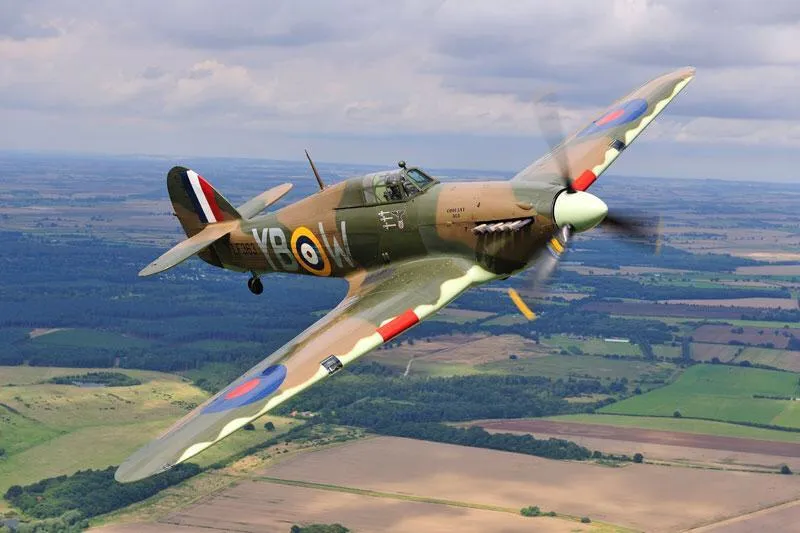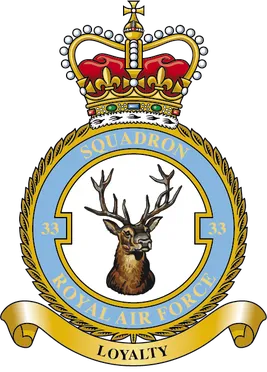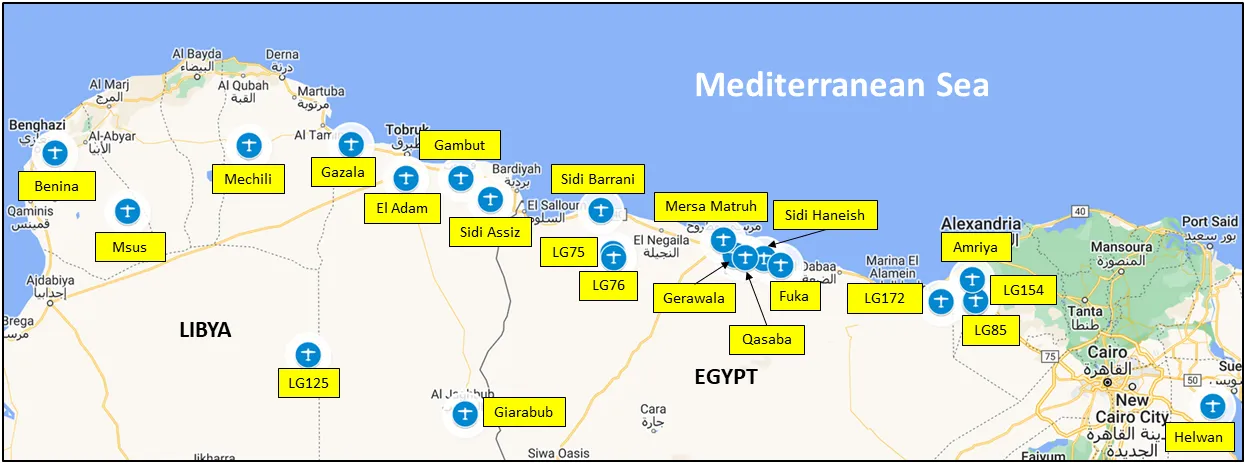Lush, Donald Robert (Flight Lieutenant)
Prisoner of War 1941-October-05


Birth Date: unkown date
Born:
Parents:
Spouse:
Home:
Enlistment:
Enlistment Date: unkown date
Service
RCAF
Unit
33 (F) Sqn- Squadron (RAF)
Loyalty
Base
Rank
Flight Lieutenant
Position
Pilot
Service Numbers
J/5025
PoW: 49
Crew or Other Personnel
Hurricane Z4168
Hurricane serial: Z4168

Source BBMF
The Hawker Hurricane is a single-seat fighter aircraft of the 1930s"“1940s that was designed and predominantly built by Hawker Aircraft Ltd. for service with the Royal Air Force (RAF). The Hurricane developed through several versions, as bomber-interceptors, fighter-bombers, and ground support aircraft in addition to fighters. Versions designed for the Navy were popularly known as the Sea Hurricane, with modifications enabling their operation from ships. Some were converted to be used as catapult-launched convoy escorts. By the end of production in July 1944, 14,487 Hurricanes had been completed in Britain and Canada.
A major manufacturer of the Hurricane was Canadian Car and Foundry at their factory in Fort William (now Thunder Bay), Ontario. The facility's chief engineer, Elsie MacGill, became known as the "Queen of the Hurricanes". The initiative was commercially led rather than governmentally, but was endorsed by the British government; Hawker, having recognized that a major conflict was all but inevitable after the Munich Crisis of 1938, drew up preliminary plans to expand Hurricane production via a new factory in Canada. Under this plan, samples, pattern aircraft, and a complete set of design documents stored on microfilm, were shipped to Canada; the RCAF ordered 20 Hurricanes to equip one fighter squadron and two more were supplied to Canadian Car and Foundry as pattern aircraft but one probably did not arrive. The first Hurricane built at Canadian Car and Foundry was officially produced in February 1940. As a result, Canadian-built Hurricanes were shipped to Britain to participate in events such as the Battle of Britain. Canadian Car and Foundry (CCF) was responsible for the production of 1,451 Hurricanes. Wikipedia and Harold A Skaarup Web Page
Unit Desciption
33 (F) Sqn Loyalty (x)
History of the Squadron during World War II (Aircraft: Gladiator, Hurricane, Spitfire, Tempest)

The squadron was formed in the course of WWI as a Home Defence squadron to combat the Zeppelin raids on London. It was disbanded in 1919.
It was reformed at RAF Netheravon on 1 March 1929 as a bomber unit, but in 1935, as part of Britain's response to the Second Italo-Abyssinian War, the unit moved to Egypt. When the Abyssinian crisis was over, the squadron remained in the Middle East, taking part in air policing in Palestine. In February 1938, the squadron re-equipped with Gloster Gladiators, changing role to a fighter squadron, although at first it continued in support of British ground forces in Palestine.
The squadron remained in the Middle East for most of World War II. From September 1939 it was involved in the fighting against the Italian forces. Equipped initially with the Gloster Gladiators they had used in Palestine, the Squadron claimed its first victories of the Second World War on 14 June 1940, while supporting the British capture of Fort Capuzzo, when the squadron shot down an Italian Caproni Ca 310 and a Fiat CR.32. It suffered its first losses of the war five days later in a combat with Fiat CR.42 Falcos, with one Gladiator being shot down in exchange for two Fiats. The squadron re-equipped with Mk I Hurricanes in October 1940, allowing it to intercept the Italian SM.79 bombers, which were faster than the Gladiator.
It was withdrawn from the desert fighting in January 1941, to help resist the Italian invasion of Greece. From 12 March it was led by Pat Pattle, the leading Commonwealth flying ace, until he was killed in action on 20 April. The squadron was involved in heavy fighting following the German intervention in Greece, and had to be withdrawn to Crete on 27 April, with its 4 remaining Hurricanes.. Due to continuing heavy losses, the squadron had to amalgamate with No. 80 Squadron RAF and the ground personnel fought hand-to-hand with German paratroopers to protect Maleme airfield. The last remaining hurricane flew to Egypt on 19th May, and the remnants of 33 Squadron retired to Egypt by the end of May after the Battle of Crete. The squadron was temporarily attached to No. 30 Squadron at Amriya to build itself up again. It returned to support the Army in the Western Desert, re-equipping with Kittyhawks and Tomahawks before they obtained Hurricane IIB fighters. During the first 8 months of 1942, the squadron occupied a number of bases in North Africa as it moved Eastwards and Westwards depending on the ebb and flow of the North African campaigns. In early 1943 the squadron was tasked with the defence of Benghazi. Supermarine Spitfire Vs superseded the Hurricanes in December 1943.
The squadron returned to the UK in April 1944, to prepare for Operation Overlord (the Allied invasion of Normandy. It flew the Spitfire IXF from RAF Lympne in Air Defence of Great Britain, though under the operational control of RAF Second Tactical Air Force (2nd TAF). It flew fighter support on D-Day (6 June 1944), then moved to France with 2nd TAF, when it concentrated on ground-attack operations. It re-equipped with the Hawker Tempest in December, returning to action from Gilze-Rijen in February 1945, flying fighter sweeps in North West Europe until the cessation of hostilities. The squadron remained in Germany until 1949.
Maps of the bases used by #33 Squadron in Greece and North Africa 1940-1943


